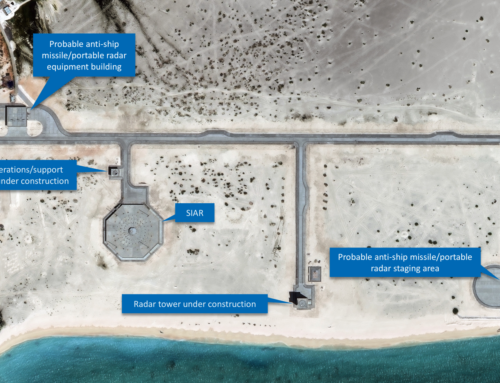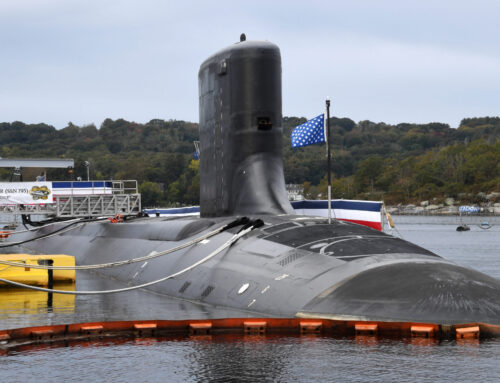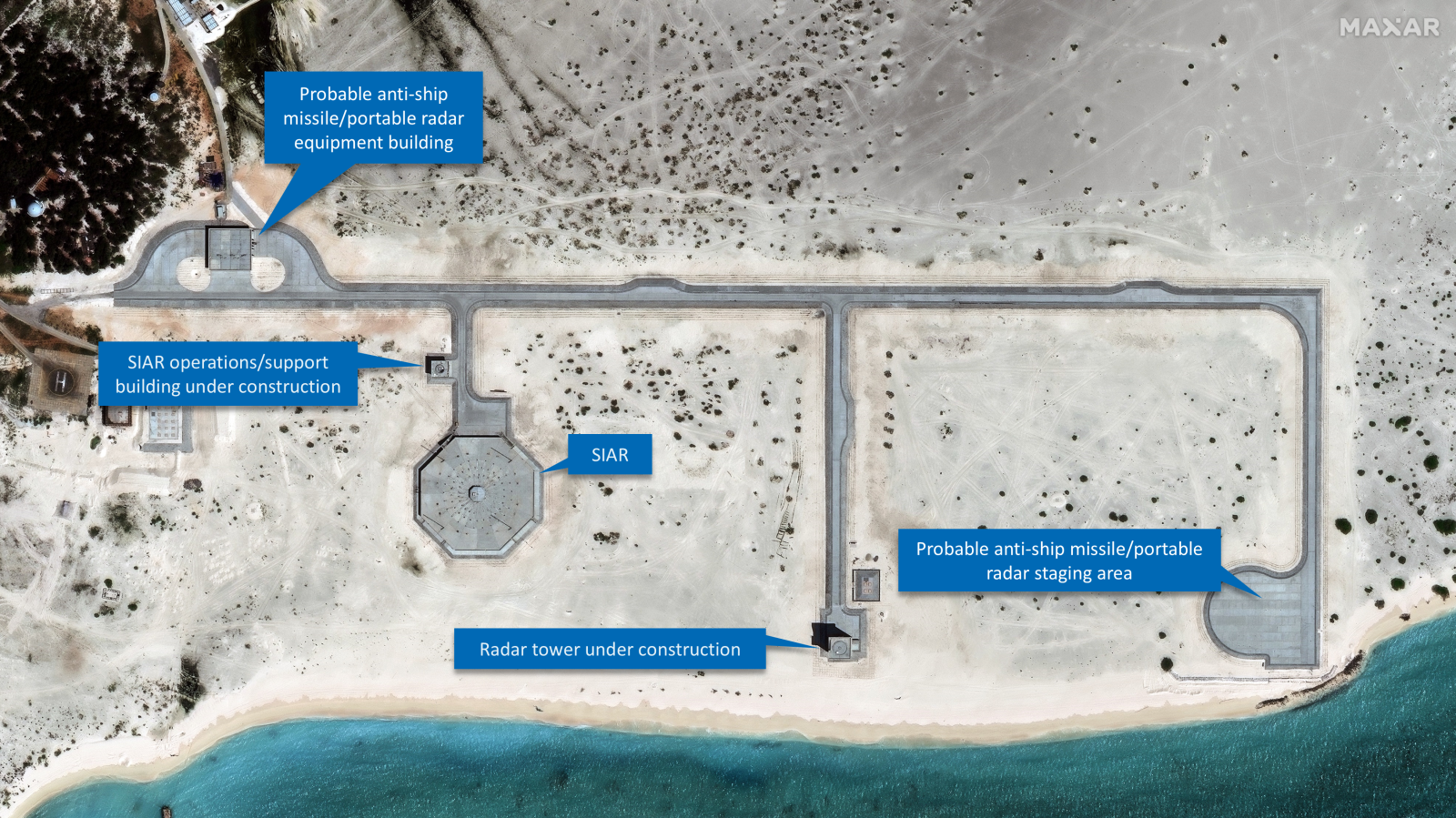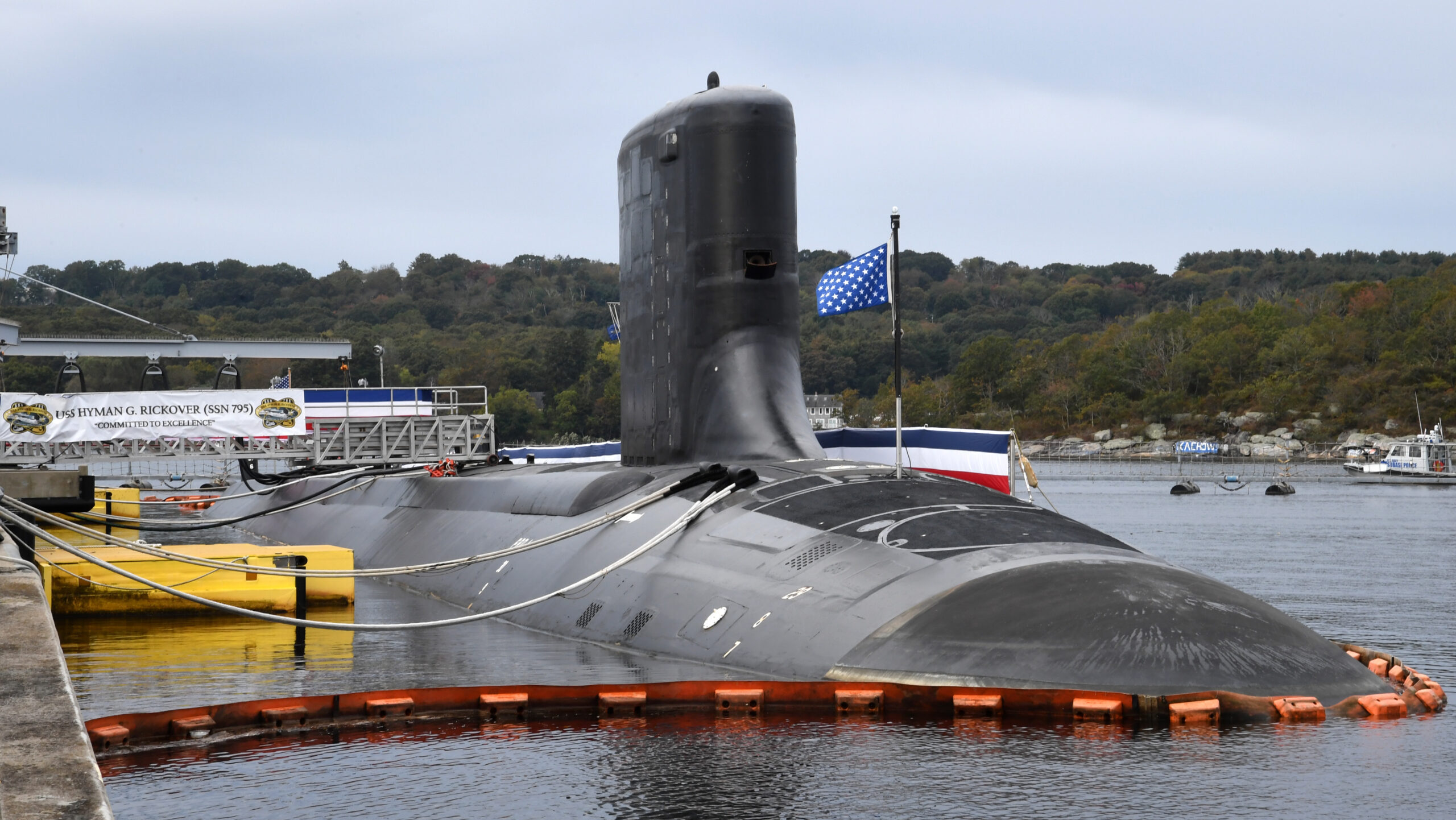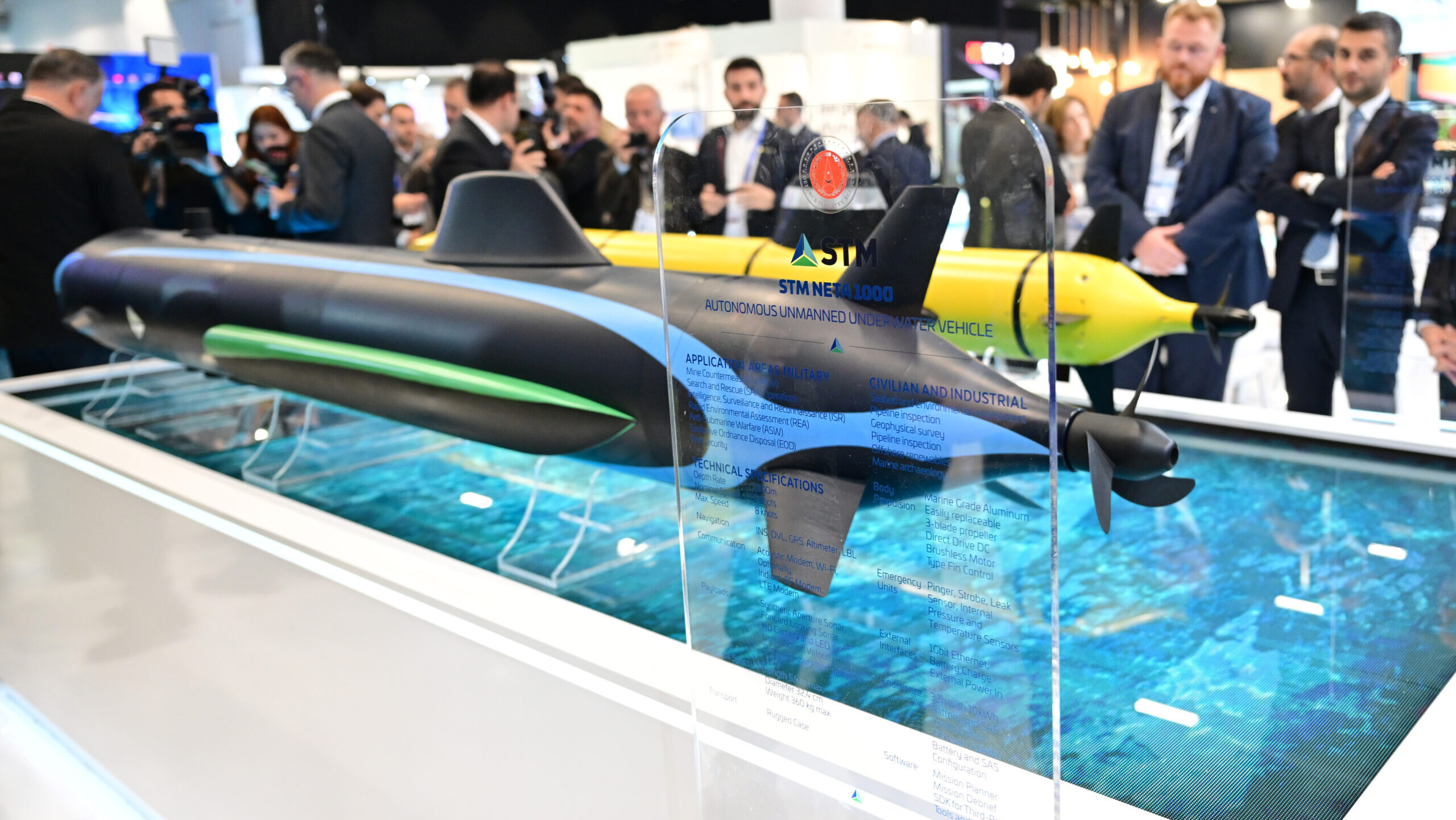Under the Treaty House Agreement, German P-8A Poseidon aircraft will “periodically” operate from RAF Lossiemouth, Scotland (UK MoD)
BELFAST — A new bilateral defense agreement between Germany and the UK, inked today, will see the two European nations develop new deep-strike weapons, naval uncrewed aerial systems and other drones that “could” fly alongside fighter jets.
Marked in a statement by the UK Ministry of Defence (MoD) as a “first-of-its-kind” defense pact between London and Berlin, the Trinity House Agreement was formally signed in London by Boris Pistorius, German defence minister, and John Healey, UK defence secretary.
The accord, built off a joint declaration in July to establish closer defense ties, “marks a fundamental shift in the UK’s relations with Germany and for European security … [and] will strengthen national security and economic growth in the face of growing Russian aggression and increasing threats,” added the MoD.
A number of “ground-breaking defence projects” across all domains have been committed to, led by an effort to develop “brand-new extended deep strike weapons that can travel further with more precision than current systems,” including MBDA’s Storm Shadow long-range air launched cruise missile.
In a supporting joint communique, London suggested that “common requirements and military doctrine” for the future long-range systems still have to be developed.
No funding details were shared but as a general rule and per Trinity House Agreement stipulations, the pact binds both signatories to equally share “all costs and benefits” across related projects “unless otherwise provided for in related agreements or arrangements.”
The joint UK-German long range weapons project arrives on the heels of the UK committing to the European Long-range Strike Approach (ELSA) programme – a multinational line of effort with Germany but also including France, Italy, and Poland.
“It is particularly important to me that we cooperate even more closely to strengthen NATO’s eastern flank and to close critical capability gaps, for instance in the field of long-range strike weapons,” Pistorius is quoted as saying in the MoD statement.
Regarding drones, Berlin and London have agreed to explore and develop new maritime UAS “capabilities” and collaborate on platforms that “could operate alongside our fighter jets” — not unlike the US Air Force’s high-profile Collaborative Combat Aircraft effort. Germany and the UK both operate Eurofighter Typhoon fourth-generation fighter jets. Additionally, London has a fleet of Lockheed Martin F-35B fifth-generation jets, while Berlin awaits a first F-35A delivery from an order for 35 aircraft, valued at $8.8 billion.
Under the new bilateral pact, German P-8A Poseidon MPA’s will also “periodically operate” from RAF Lossiemouth, Scotland, to protect the North Atlantic and amid Russian threats to the region.
Boeing expects to deliver a first of eight of the submarine-hunting aircraft to Germany next year, while the UK currently operates a fleet of nine units out of Lossiemouth.
Additionally, the agreement provides for the UK to locally manufacture artillery gun barrels for the first time in a decade. Germany’s Rheinmetall will open a new production facility for the equipment, based around British steel produced by Sheffield Forgemasters.
In a bid to strengthen land industrial cooperation, the pact also underscores a “long-term commitment to manufacturing” Boxer armoured vehicles.
Britain rejoined the Boxer program in 2019, pledging £2.8 billion ($3.6 billion) to it, and has ordered 623 vehicles, which are due to be integrated into new Armoured Brigade Combat Teams, alongside Ajax armored fighting vehicles and Challenger 3 main battle tanks.



